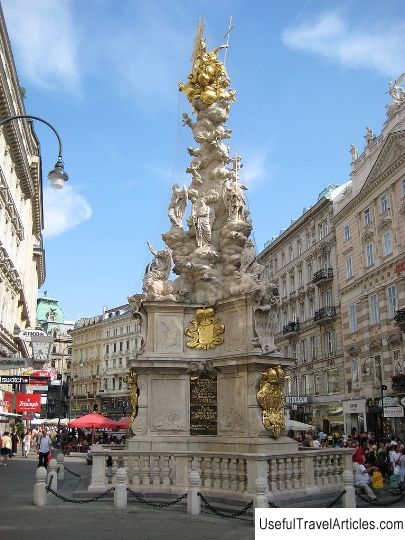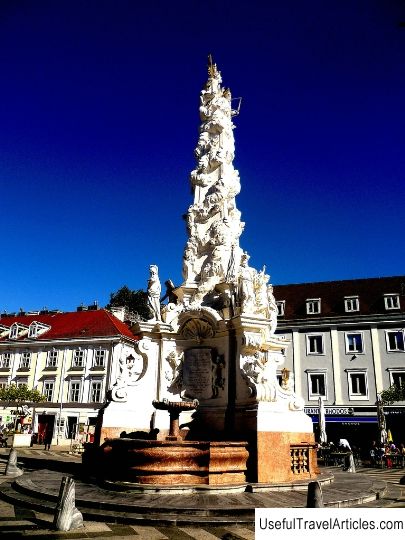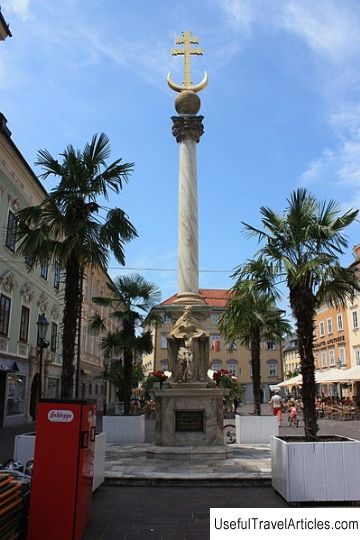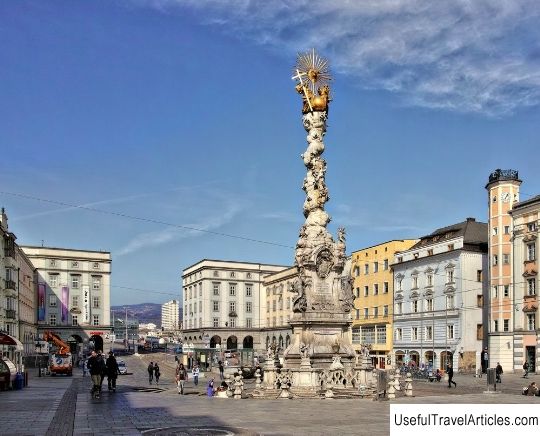Plague Column (Plague Column) in Vienna, Austria
Rating: 8,2/10 (1709 votes)  The Plague Column is located in the center of Vienna. It was erected as a gratitude to the Holy Trinity for ending the plague epidemic. In 1679, Emperor Leopold I promised to build a similar column. After the end of the plague epidemic in the same year, a wooden column was created and consecrated, which was made by Johann Fruvierti. This plague pillar was made in the form of the Holy Trinity and nine figures of angels. In 1683, the government of the country instructed Matthias Rauchmiller to remake the column from wood into marble, but in 1686 he dies, so without finishing several figures of angels. The new plan of the monument was developed by I.B. Fischer von Erlach, then management of the project was transferred to Lodovik Burnachini. In 1693, the plague column was inaugurated. During planning, the monument was changed from conservative a simple prayer column to a magnificent Baroque performance, which expressively convey the events of that time. The column is a complex iconographic composition, the main idea of which is the victory over the plague through prayer and the humility of the emperor. In the composition of the column, the image of Emperor Leopold I can be viewed three times, namely in three vertical steps: On the pedestal where Leopold I prays to God. In angels, who are represented as intermediaries between people and God. & middot; & nbsp; At the top of the column.   We also recommend reading Town Hall (New Town Hall) in Austria, Vienna resort We also recommend reading Town Hall (New Town Hall) in Austria, Vienna resortTopic: Plague Column (Plague Column) in Vienna, Austria. |




